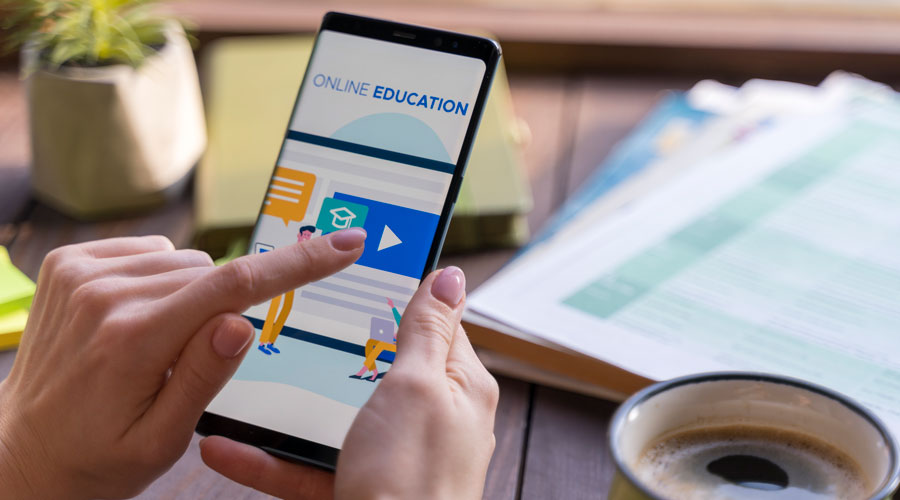Menu


Student-Centered learning is teaching designed for the student. This means that planning often begins with the student in mind as opposed to a school policy or curriculum artefact, for example. Done well, it can disarm some of the more intimidating parts of academia, while also shortening the distance between the student and understanding.
Put another way, student-centered learning is teaching that is ‘aware’ of students and their needs above and beyond anything else. It places students at the centre of the learning process.
This isn’t as simple as it sounds, especially without shifting one’s mindset towards that approach. The 28 Student-Centered Learning strategies are:
Cooperative learning involves small groups working together to accomplish a learning task
Presentations are learner-presented assignments. Students can do these in groups or individually.
Panels are a way to include many voices on a subject. Students can write and ask questions in a Q & A session.
Put it on the poster. What do you know? Want to know? Learn? How about the enhanced version – KWHLAQ?
Brainstorming puts the thinker to work. Present a situation. Ask learners to creatively think.
Present an issue and have the students create a public service video.
Present an issue and have the students talk about it. If they need additional info, have them go find it.
What can a group of people accomplish? Draw out the best characteristics of the group. Assign roles.
Use case studies in the classroom to learn about complex issues, apply critical thinking, and explore scenarios.
Break students into groups, giving each member a different task. Bring the group back together and share.
Break up the classroom into different activities. After a set time ask students to rotate to a new activity.
Design experiments and have students engage. Or, ask students to design the experiment.
Role-playing allows the learner to try out the experience. It can be instructor created or learner created.
Computer simulation has grown. Use technology to simulate a real event. Practice without fear of failure.
Setting up the class in a lab style enables students free movement and hands-on activities.
Students can create the workshop and conduct it with their peers. The peers can then give feedback.
Demonstrations are a fun way to get students involved. Try cooking demonstrations or science demonstrations.
There are 101 ways to use an index card. Give the students the index card and ask them to create the activity. Set the guidelines together.
Inquiry-based learning starts with a question. It comes in many forms. Try guided inquiry for more structure. Try open inquiry for less.
Build mental models that can withstand new information. Draw out your mental model. Test it. Challenge it. Build it.
A project simulates what a learner could do at the workplace. it could also be a service project where students create positive change.
Problem-based learning seeks to solve problems. It might be a part of a problem. The learner finds solutions, while the instructor facilitates.
Discovery can be broad or narrow in scope. Some discovery learning allows the learner to choose a topic and explore.
A Q & A session allows learners and facilitators to learn more from each other.
Use social media to effectively share a message. get feedback. keep it short and to the point. Did you convey effectively the message?
Games can be used to teach concepts, to give a learner a break to think or to challenge one’s ideas.
Students can engage in competitions locally or internationally. This allows the learner to engage with others around the world.
During a debate, students challenge each other. The debate can take a break at intervals for additional research.